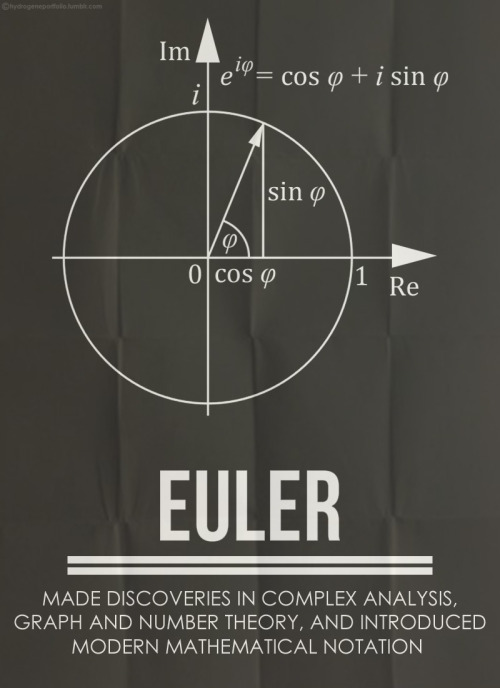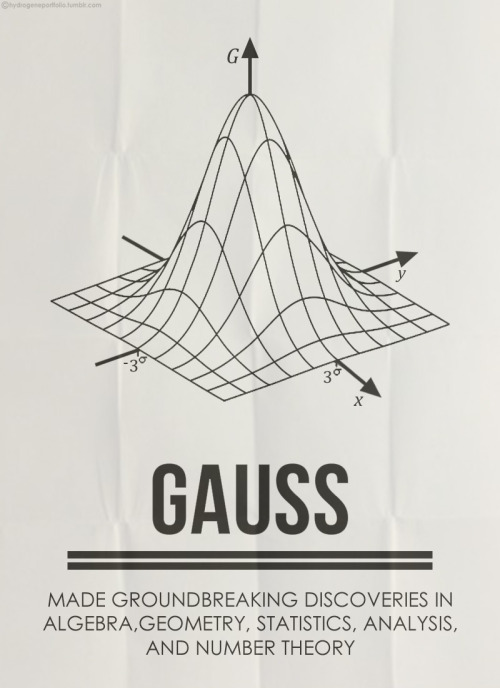#pythagorean theorem







(Tolkien, Star of Feanor; Escher, Sky and Water: an example of Moorish tile work; eight-pointed star tile grid; two early stages in an attempt to tesselate with a Feanorian star; Cover of The Metaphysics of the Pythagorean Theorem)
Let’s say you were trying to tesselate, among other shapes, a Feanorian 8 pointed star such that it transforms Escher-like into something else—say something organic. And let’s further say you serendipitously stumble, on the same day, onto this piece (bigthink.com/thinking/hidden-philosophy-pythagorean-theorem), which brings you entirely coincidentally back to Plato’s Timaeus, a text which you’ve just spent several months orbiting about because Tolkienian metaphysics. Said piece happens to be excerpted from the book The Metaphysics of the Pythagorean Theorem which appears to take as its thesis the idea that the Pythagorean Theorem represented a claim not just about geometry but about the fundamental stuff of the universe: namely that everything we see is made—like the most basic subatomic particles—of right triangles. From the summary:
Bringing together geometry and philosophy, this book undertakes a strikingly original study of the origins and significance of the Pythagorean theorem. Thales, whom Aristotle called the first philosopher and who was an older contemporary of Pythagoras, posited the principle of a unity from which all things come, and back into which they return upon dissolution. He held that all appearances are only alterations of this basic unity and there can be no change in the cosmos. Such an account requires some fundamental geometric figure out of which appearances are structured. Robert Hahn argues that Thales came to the conclusion that it was the right triangle: by recombination and repackaging, all alterations can be explained from that figure. This idea is central to what the discovery of the Pythagorean theorem could have meant to Thales and Pythagoras in the sixth century BCE. With more than two hundred illustrations and figures, Hahn provides a series of geometric proofs for this lost narrative, tracing it from Thales to Pythagoras and the Pythagoreans who followed, and then finally to Plato’s Timaeus. Uncovering the philosophical motivation behind the discovery of the theorem, Hahn’s book will enrich the study of ancient philosophy and mathematics alike.
Naturally, all this made me wonder what Elves thought the fundamental material… thing was. My gut says “light,” but then my gut has said that since I was a kid because I like the poetry of it. (Does NoMe say? I don’t know as I haven’t read it yet).
Of course, this leads ultimately to the humorous extrapolation that Feanor’s own heraldic device represents (with a bit of equally poetic stretching) the building blocks of the entire universe, which tracks pleasantly with what we know of Feanor’s ego.
Also, I want this book for Christmas.





